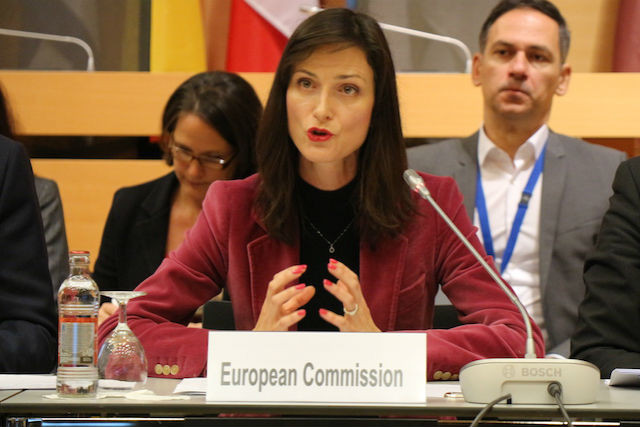Composed of representatives of the European Commission and 25 participating European countries and headquarted in Luxembourg, the JU met with European Commissioner for digital economy and society Mariya Gabriel.
“We have shown that the EU and its member states can join forces and put in place a powerful mechanism to achieve our strategic objective of making Europe one of the top three supercomputing powers in the world,” Gabriel said.
The meeting agenda involved setting rules of functioning and establishing a targets and implementation agenda for 2019.
The first investment decisions about procuring petascale (capable of a million billion or 1015 calculations per second) and pre-exascale (capable of a hundred million billion or 1017 calculations per second) supercomputers are expected to be taken in early 2019. The initial co-investment with member states is expected to be close to €1 billion.
The first two machines, which will be bought and installed by 2020, are expected to be among the top five in the world. A further 3 to 4 machines will range among the global top 25. They will be connected with existing national supercomputers and will be made available throughout Europe to public and private users.
Why are they doing it?
The EuroHPC project was announced in early 2018 to meet the computing and data needs of European scientists and industry. According to the EuroHPCJU website, “No EU supercomputer is in the global top 10, and the existing ones depend on non-European technology.”
At the same time, Europe consumes about 29% of HPC resources globally.
